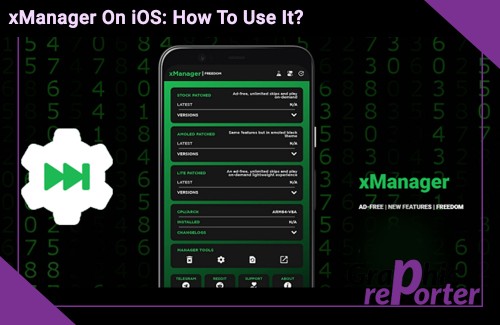Virtual Data Rooms: The Solution to Secure Data Sharing in Today’s World

Virtual deal rooms (VDRs) are specialized digital environments designed for securely storing sensitive information essential for completing large-scale and intricate financial transactions. Despite the global economic recession, M&A activity is still growing — and so is the virtual data room market share. In fact, the VDR market is projected to reach $3.66 billion value by 2027.
So, what is the reason behind the virtual data room popularity? As Ronald Hernandez, the Founder of data room-providers.org, puts it “VDRs guarantee one distinct advantage that makes it an indispensable solution during complex transactions — this is security. Stringent security measures and control permissions ensure that each authorized party accessing the repository has designated levels of access while preventing unauthorized individuals from obtaining highly confidential data.”
That said, dataroom software offers unprecedented security solutions and sophisticated access controls. In this article, we’ll look at the security capabilities of virtual data rooms further.
Top security functionalities of data rooms
Virtual data rooms (VDRs) incorporate a range of features for secure file sharing. Some of the data confidentiality features found in data rooms include:
- VDRs employ strong encryption algorithms to encrypt data both at rest and during transit. This ensures that information remains encrypted and indecipherable to unauthorized parties, providing an additional layer of protection against data breaches.
- Access controls. VDRs offer granular access controls, allowing administrators to define specific permissions and restrictions for different users or user groups. This ensures that only authorized individuals can access certain files or perform specific actions, reducing the risk of unauthorized data access or manipulation.
- Watermarking and print prevention. VDRs often include features such as dynamic watermarking, which embeds unique identifiers on each document to deter unauthorized sharing. Additionally, print prevention measures can restrict or disable the printing of documents within the VDR, further enhancing data security.
- Two-factor authentication (2FA). To strengthen user authentication, VDRs commonly employ two-factor authentication. This requires users to provide an additional verification method, such as a unique code sent to their mobile device, in addition to their regular login credentials.
- Activity monitoring and audit trails. VDRs maintain detailed activity logs and audit trails that record and track every action performed within the platform. This helps monitor user activities, identify any suspicious behavior, and maintain a comprehensive record of document access and modifications.
- Data backup and redundancy. To prevent data loss, VDRs often implement regular data backups and employ redundant storage systems. This ensures that even in the event of hardware failures or other disruptions, data remains accessible and protected.
- Secure document expiry and revocation. VDRs enable administrators to set document expiry dates or revoke access to specific files, ensuring that sensitive information is no longer accessible once its relevance or authorized access period expires.
By combining these security features, virtual data rooms provide a secure environment for storing, managing, and sharing confidential information, making them a trusted solution for industries where data protection is paramount.
Choosing a secure virtual data room provider
Choosing the most secure digital data room requires careful consideration of several key factors. Here are some steps to help you select a highly secure VDR:
- Assess your specific security requirements. Identify your organization’s security needs, compliance obligations, and the level of sensitivity of the data you’ll be storing in the VDR. This assessment will serve as a foundation for evaluating the security features offered by different VDR providers.
- Consider access controls and user permissions. Verify that the VDR offers comprehensive access control mechanisms. It should allow you to define granular user permissions, roles, and restrictions to ensure that only authorized individuals can access and manipulate data. Two-factor authentication (2FA) should also be available to add an extra layer of user verification.
- Check out compliance and certifications. Check if the VDR provider complies with relevant industry standards and regulations, such as GDPR, HIPAA, or SOC 2. Look for certifications or independent audits that validate the provider’s commitment to data security and compliance.
- Evaluate vendor reputation and customer reviews. Research the reputation and track record of the VDR provider. Look for customer reviews and testimonials to gauge their reliability, customer support, and overall user satisfaction.
- Explore user training and support options. Assess the level of user training and support provided by the VDR provider. Adequate training and ongoing customer support can help your team navigate the VDR securely and address any security concerns or issues promptly.
By carefully evaluating these factors and conducting thorough research, you can select a VDR provider that meets your organization’s security requirements and offers the highest level of data protection for your sensitive information.
Conclusion
As you can see, virtual data rooms are today’s ultimate solution for uncompromised data confidentiality and secure information exchange. Data rooms offer a bank-grade level of security due to robust encryption, access controls, digital watermarks, two-factor authentication, audit trails, and some other functionalities in place.
To choose a secure data room, consider the availability of these features, as well as the compliance, reputation, and customer service of a particular provider.






